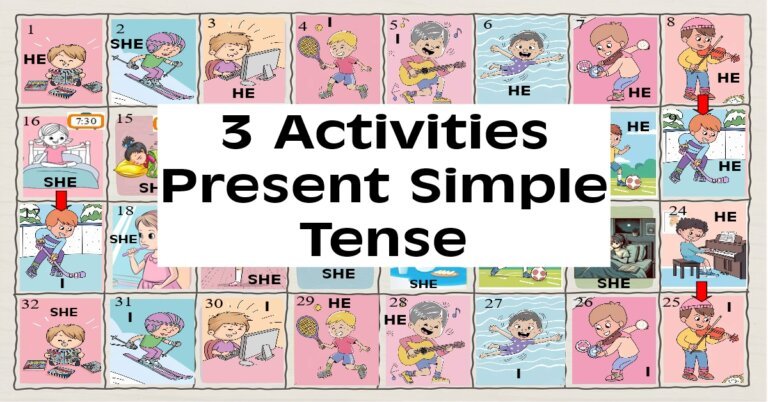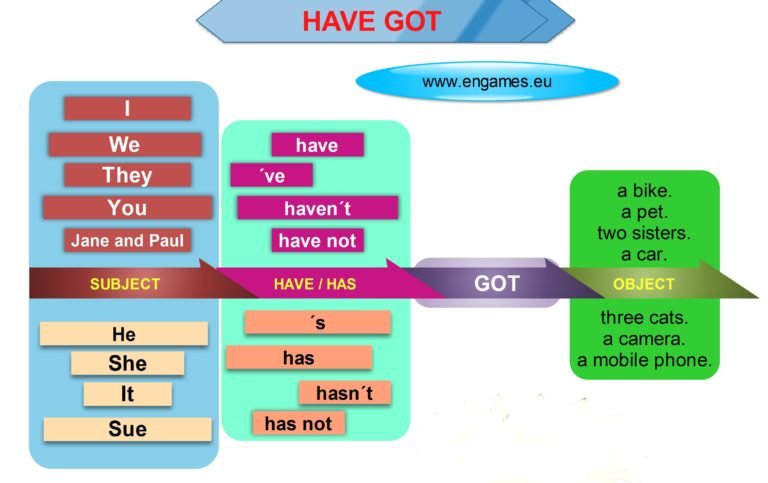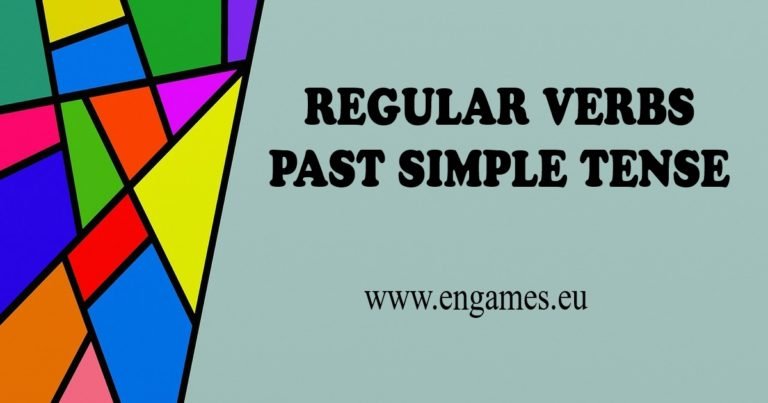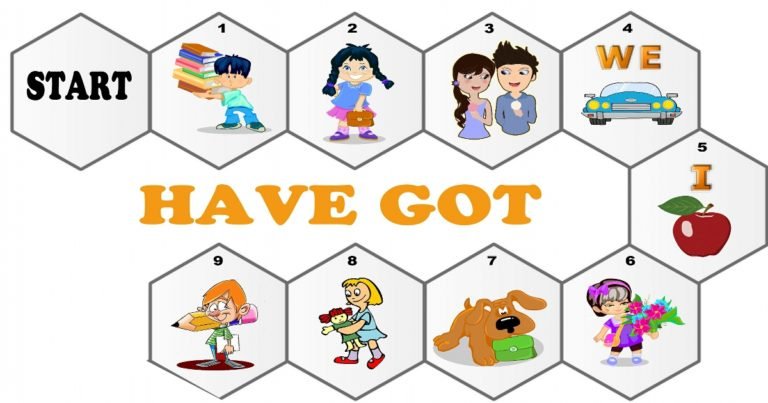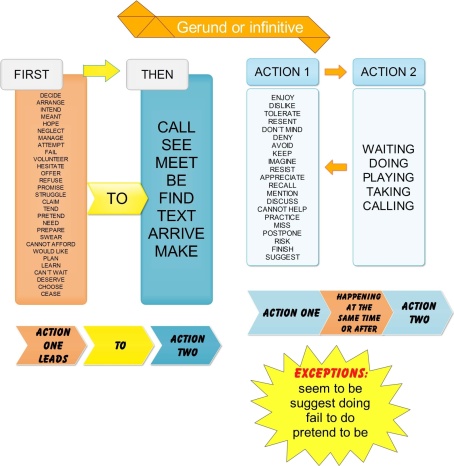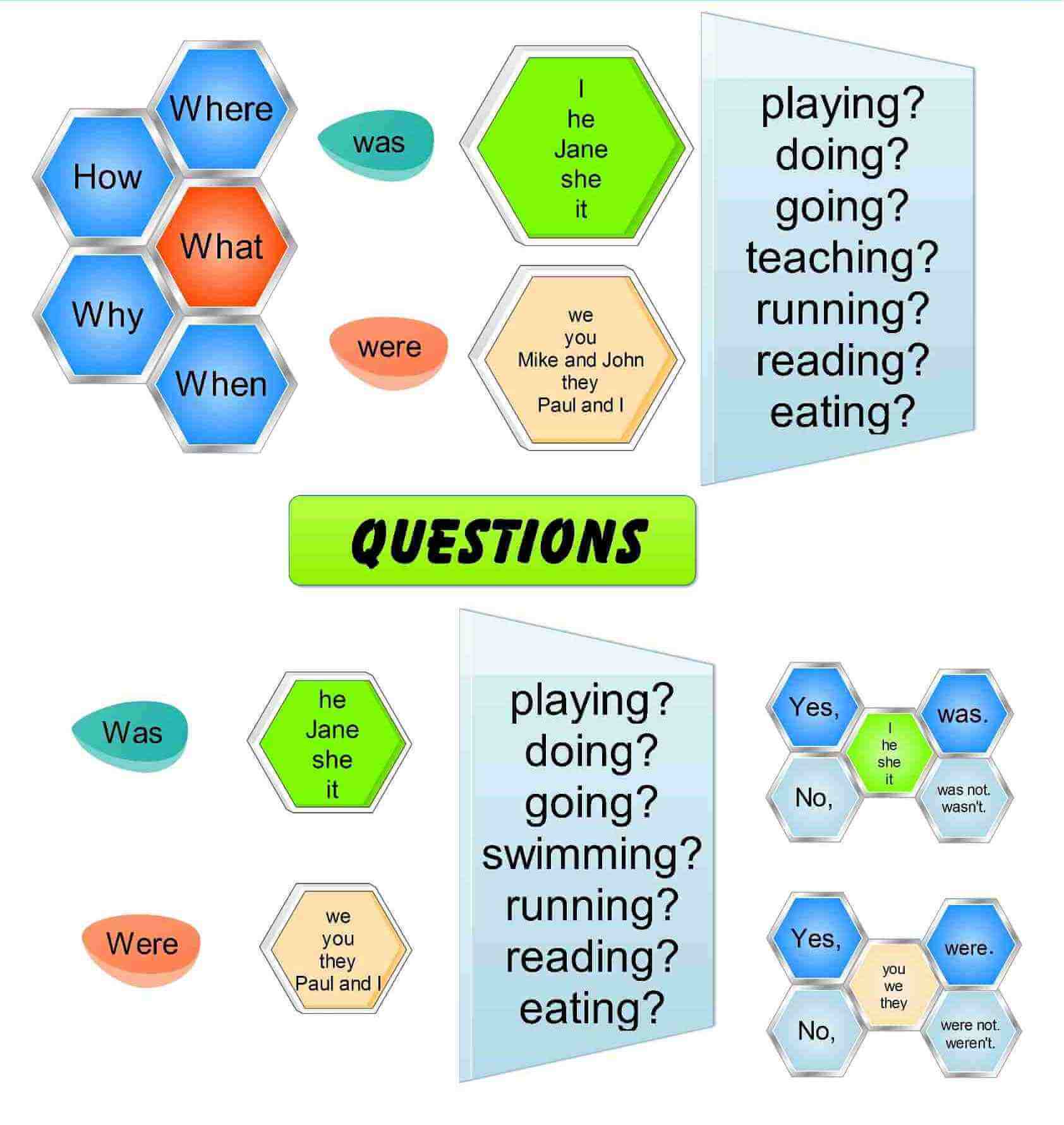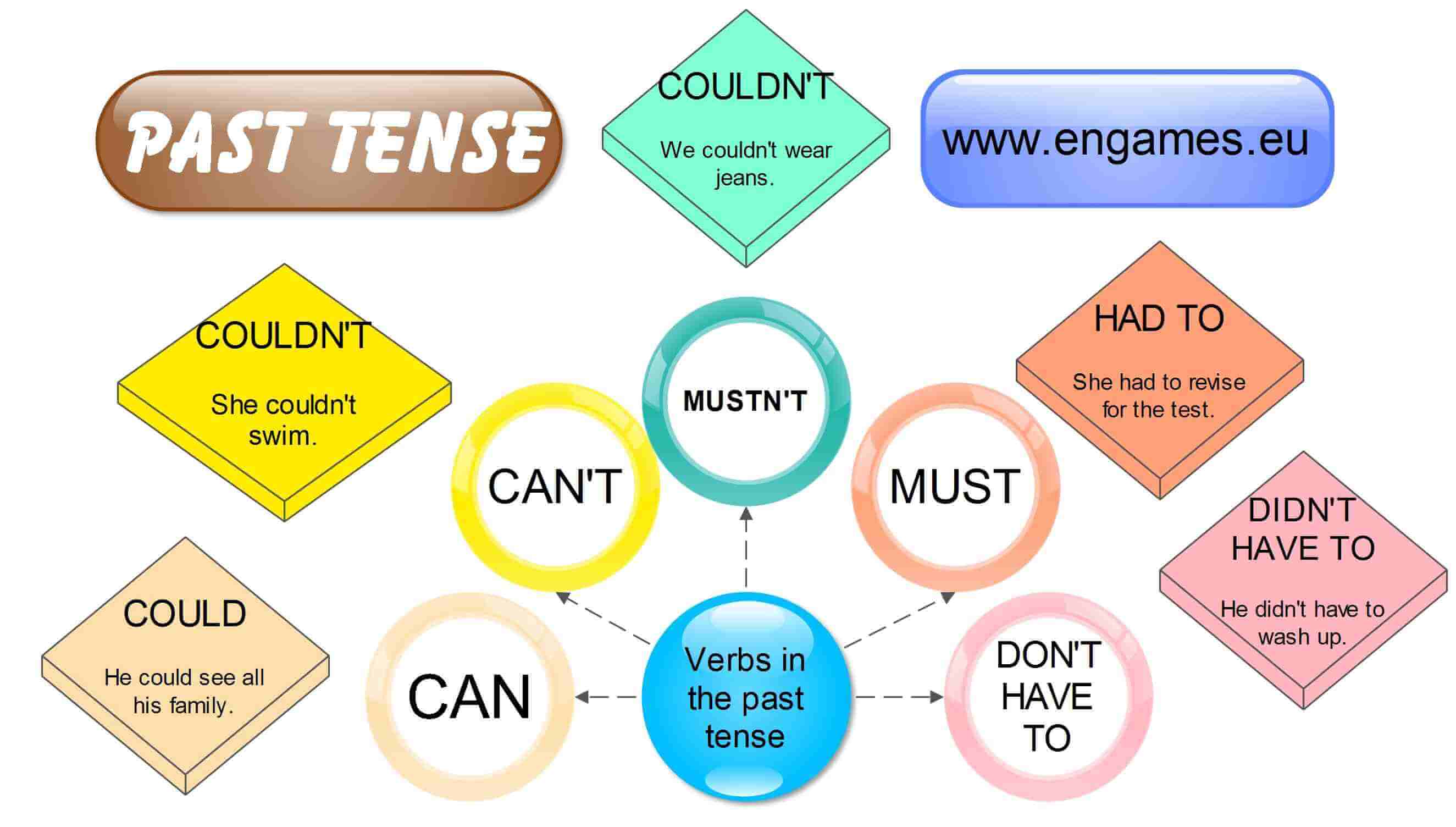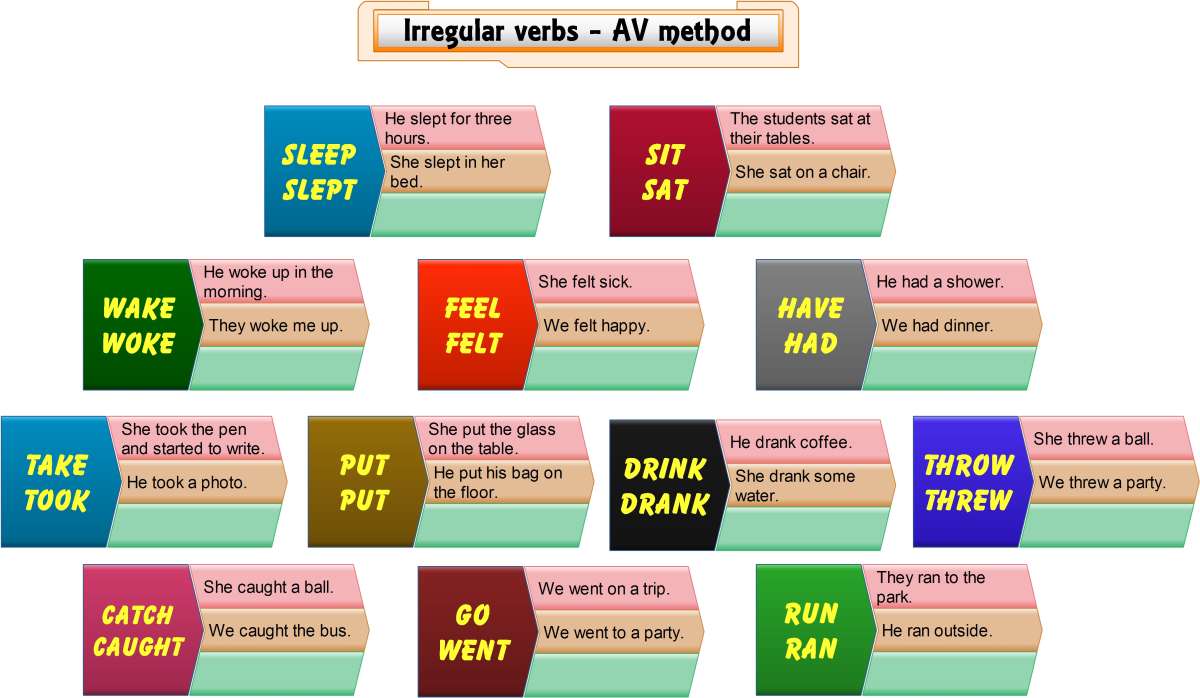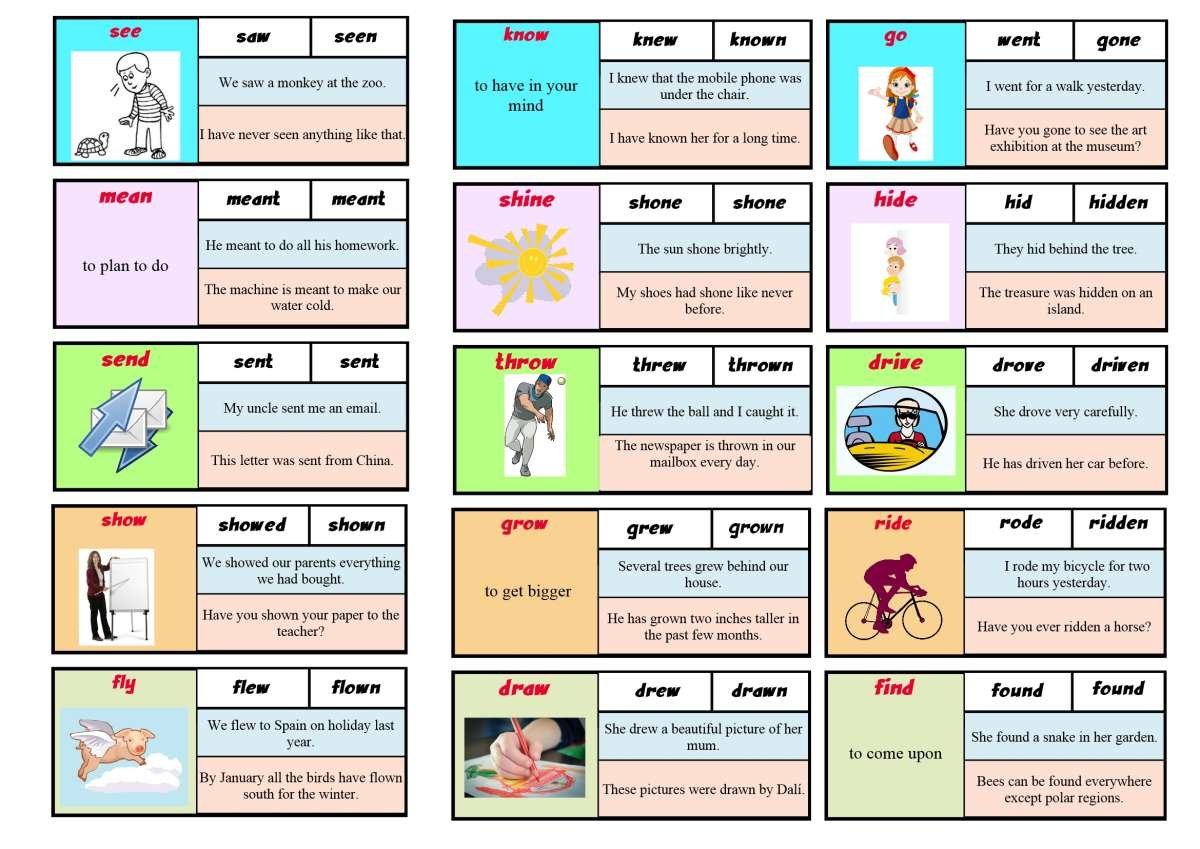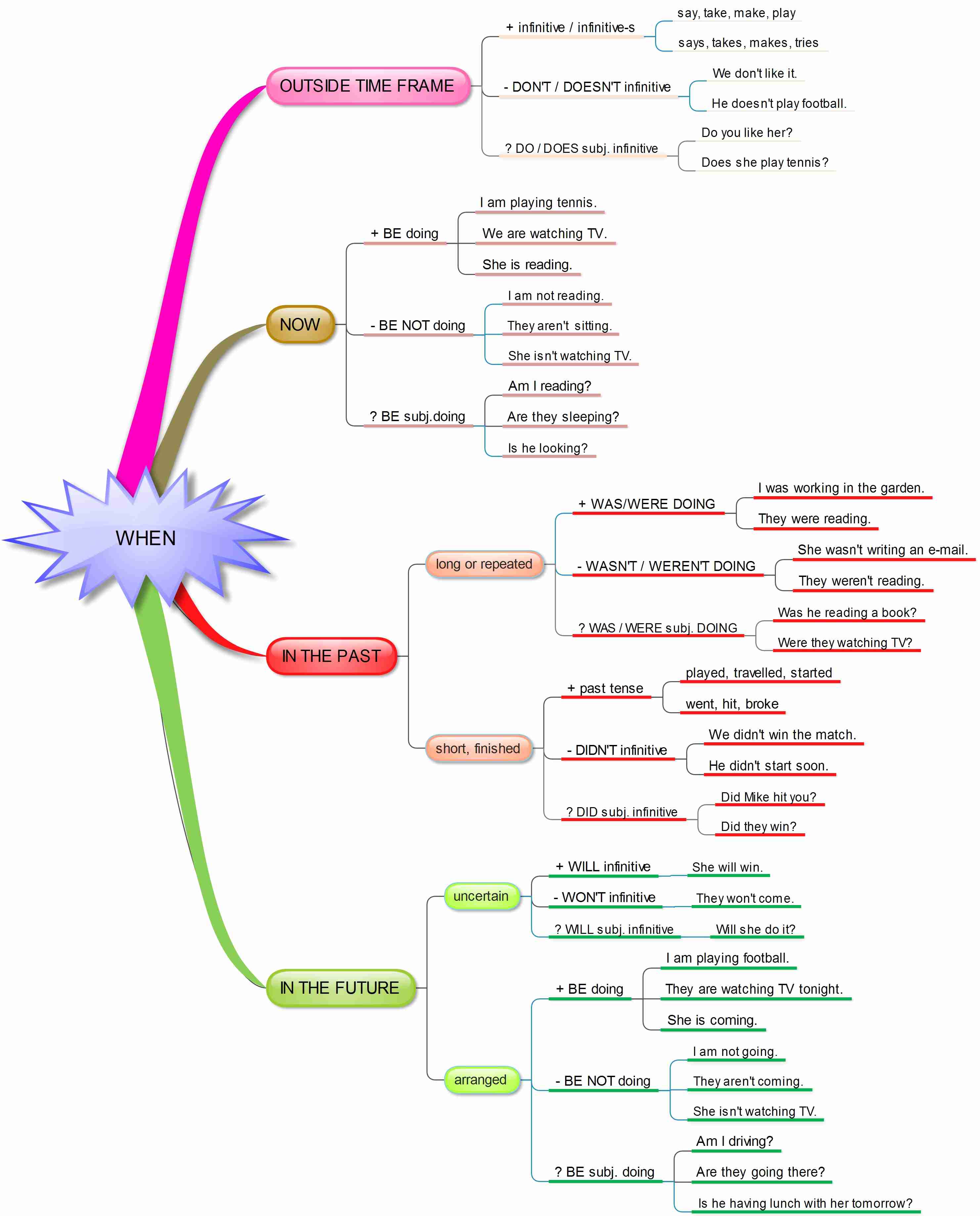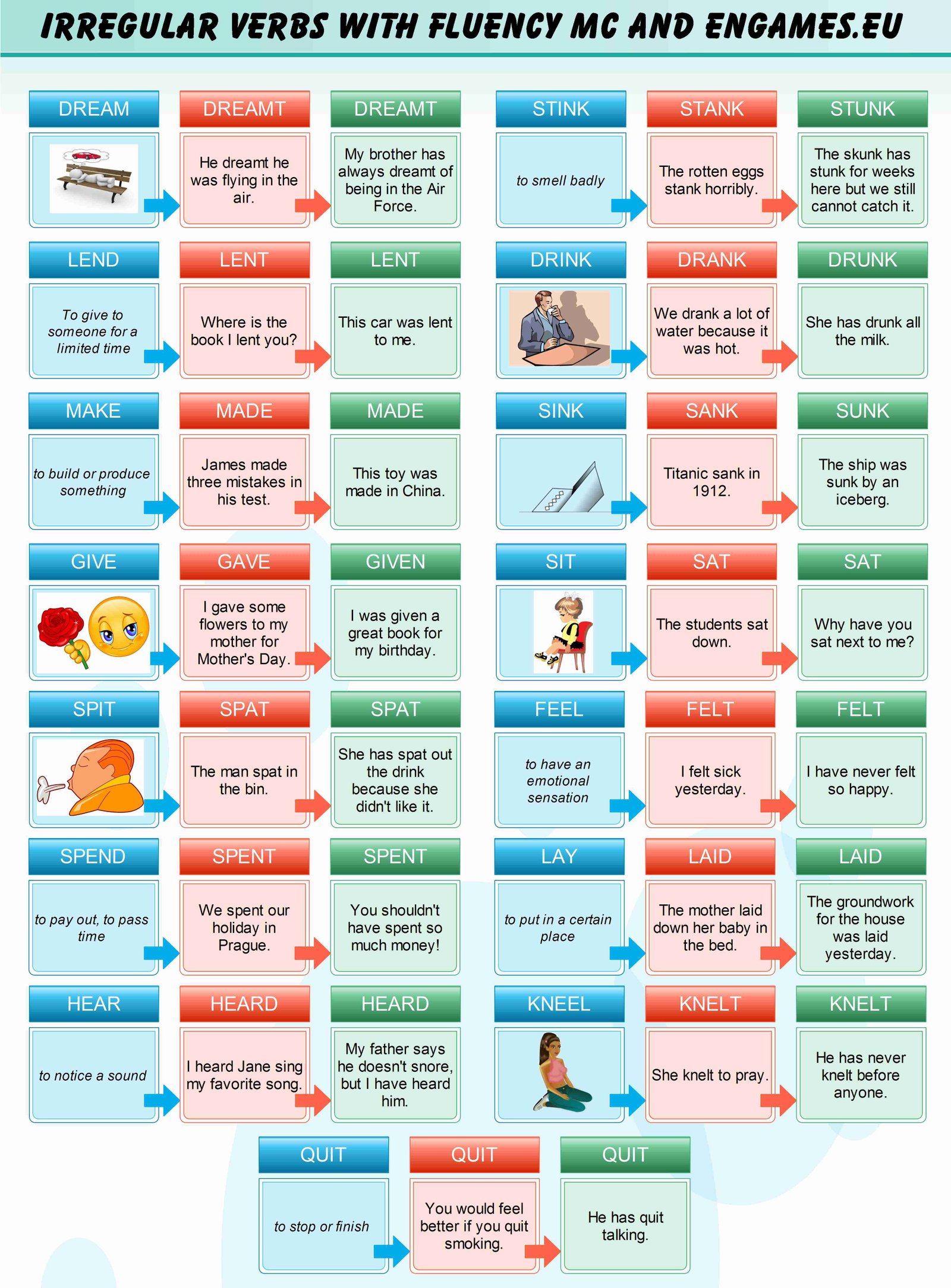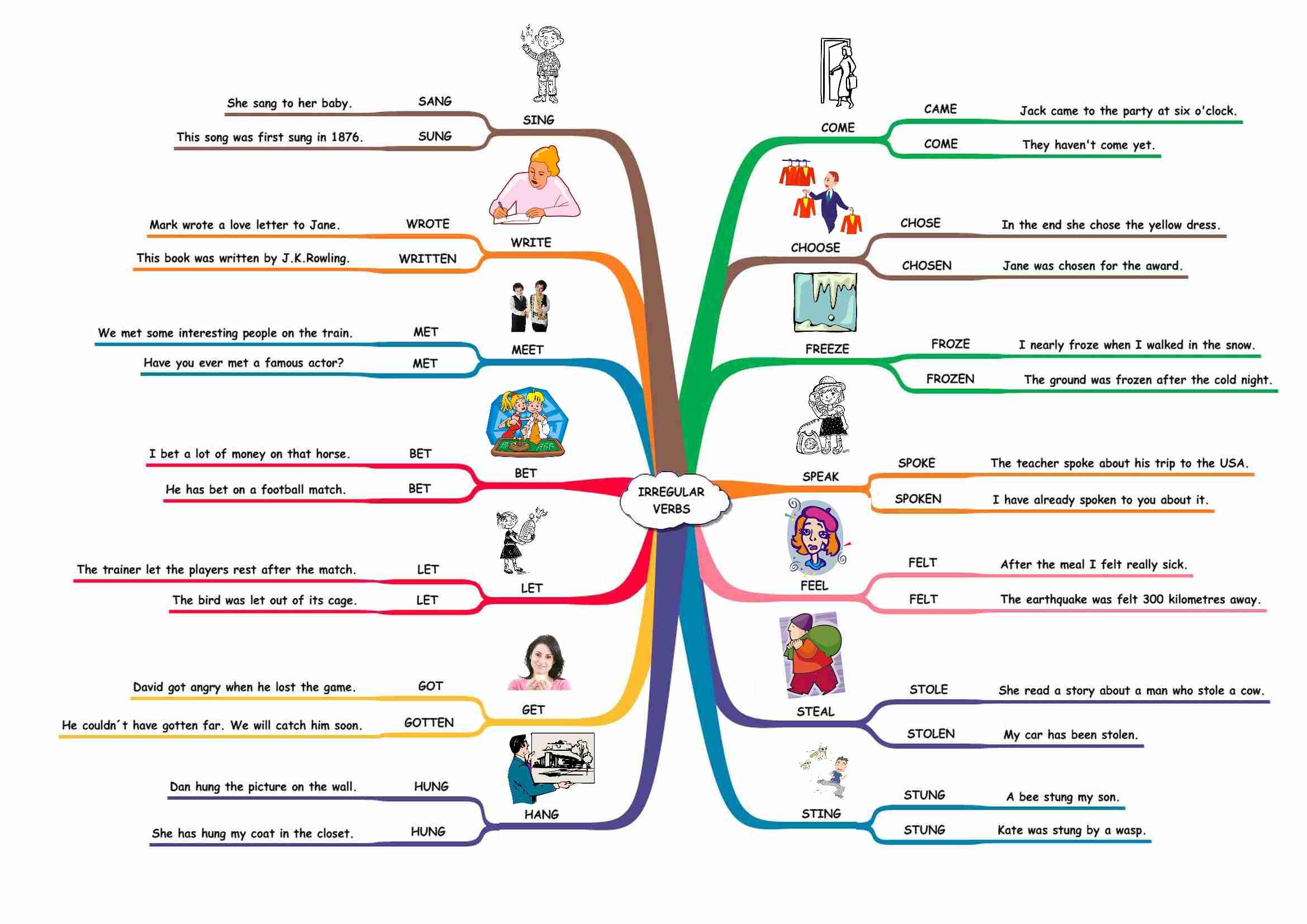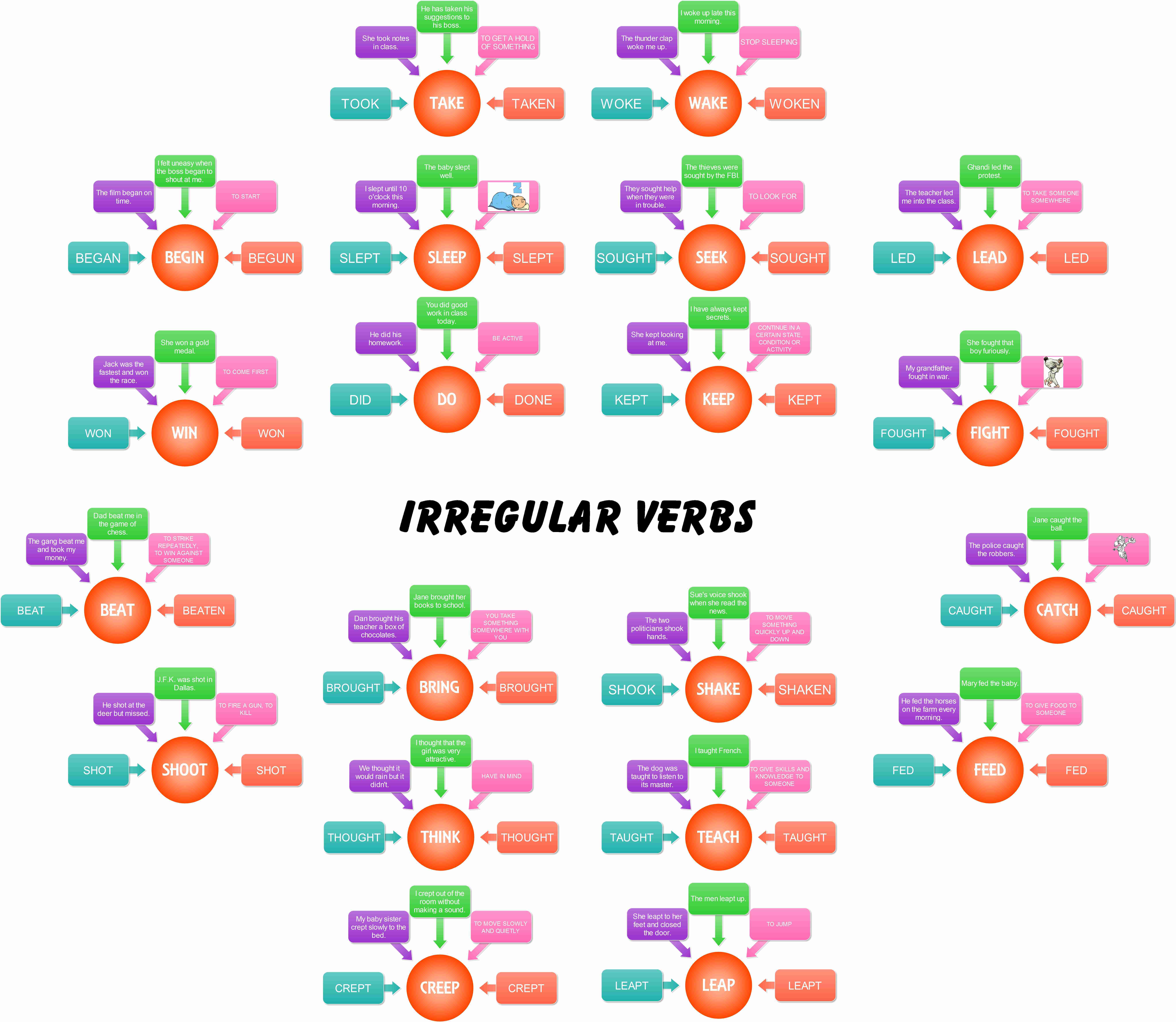3 Fun Activities to Help Students Master the -s Ending in English using input processing
Learning the -s ending for third-person singular verbs can be tricky. Here are three engaging activities that use Van Patten’s input processing method to help students grasp this important rule. 1. Video Activity: Guess the First Word This activity is designed to focus students on verb forms to determine subject pronouns. How it Works:In a…
